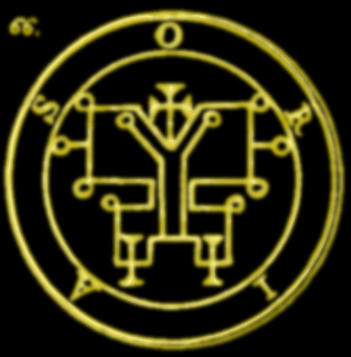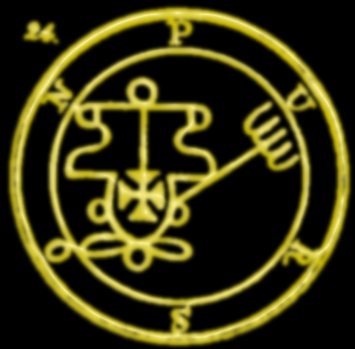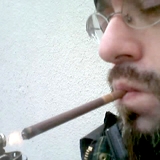How is it that people say it? Sometimes people are just different. Develop at a slower rate, maybe. Don’t make friends. Obsess over things of no interest to other people. Lose the thread of give and take in a conversation. Stare at a face in agony and answer with confusion. Lose all kinds of track of time when focused down to the laser point of concentration.
That’s one kind of different — common enough for thousands of years in the “odd duck” category, finally consolidated into Asperger’s Syndrome post World War II, doubtless to be reconfigured again, broken apart and recombined into classifications that might be slightly more useful in the next ten or fifteen years.
There are many other kinds of different. Differences that are only categorizable once the population gets high enough that there are enough people in the long, open-ended tails of the bell curve that unique cases are joined by similar fellows. Differences that were one-instance-in-a-hundred-years a thousand years ago, then one-a-generation for a while, and now, in the age of jet travel and the Internet, numerous enough that you can have conventions, or at least a quiet supper club in a populous city.
Differences that once were bred out, dissolved into the population in a thousand different recessive traits. Differences that, in an age of treasured diversity, may now actually be selected for.
Hallucinations, occasionally a source of fear, sometimes a source of trusted visions — accusations of witchcraft, promotion through the religious ranks… Let’s face it. Even at best, respect is tinged with fear as far as visions are concerned. And delusions are only tolerated when they can be disguised as faith. But now we preserve both. For the sake of art and fervor. Synaesthesia assuages our hunger for metaphor, for parable, for analysis via the logic of sympathetic magic.
Brilliance and genius are just as frequently treated as mental illness as they are worshiped, treasured, exploited. When we face someone who is brighter, a tiny corner of the tiny mind fears a predator. We are comfortable with leaders who are measurably slower than ourselves because they remain the responsible party, yet we hope to be able to manipulate them to our own ends, pulling strings attached to well-meaning hearts or predictable vices.
There’s a hint at the next stage.
There are a lot of illnesses, injuries, congenital malformations of body or mind, that would have been fatal any time before a hundred years ago. Before fifty years ago. Today, corrections can be found, or compensations. Or simply an empty niche. We are soft-hearted. We try to find a use for everybody.
The second hint. No reason to continue to be subtle if you don’t get it yet.
When a herd of antelope are challenged by a predator, they form a protective ring around their young — an aggregate beast with horns pointing outward and the soft underbelly of their future in the middle, useless in the moment, precious in the years to come. The aggregate beast with a hundred horns has no need of heroes — just like-minded conformists. They have a use for the mediocre.
The herd has a use for the anxious. When one can no longer take the strain of facing down the predator, she goes haring off and draws the predator away, often sacrificing herself so that the others may live. In the times of privation, the depressed have a use as well — they stop eating, stop consuming resources, and also lay down to feed the predators. It is not good for the individual to be anxious or depressed, but it is of value to the herd to have those that will expend themselves to keep the herd from having to run or fight, where many more could be injured or left behind to die.
More often than not, the herd has the use for the mentally ill when the individual decidedly has no use for the illness himself. Genius and brilliance are frequently far more useful to the group than they are to the individual who really has no needs beyond air and water and food and rest and sex. Individual problems rarely require genius for solutions.
Aberration, preserved, benefits the aggregate. Those who see the world differently, those with a tiny edge and a possibly larger drawback, are nowhere near superhuman. A small army of those with that spark of difference, who band together to armor any weaknesses, any soft spots needed for the future — that aggregate creature is superhuman. Is, incrementally, the next step forward in evolution.
Those freaks, mutants, sports, what have you, that band together with their own kinds multiply their weakness and strengths together. Those that seek heterogeneity, the “loners” that band together for mutual exploitation … those are the ones to watch out for. The first is a support group. The second is a pantheon.
_____
For homework, assigned reading: Theodore Sturgeon’s short novel More Than Human. For extra credit, try Roger Zelazny’s Lord of Light. These works are forty, fifty years old. Consider them an analog to stories of that age that would discuss the capability of computers before computers actually came along and settled into their common uses and applications. Apply to them the corrections you know they need to be more accurate to the world as it has developed over the past half-century.
Show your work or no credit will be awarded.
[*]






